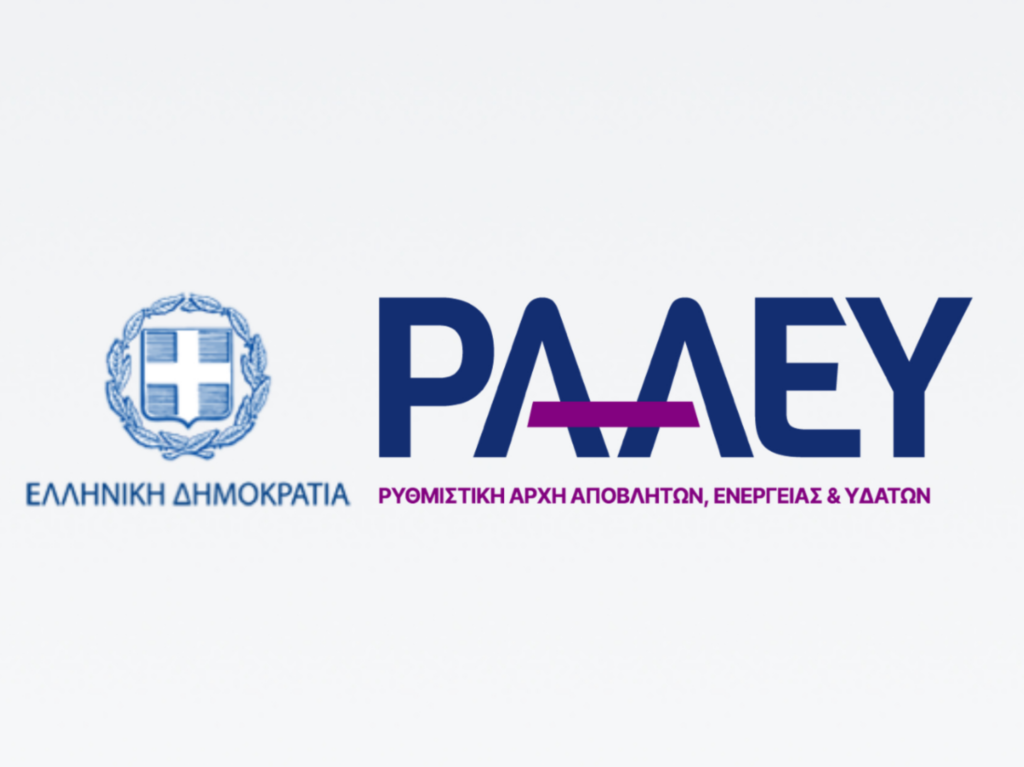The harmonization of the regulatory framework for the organization and operation of European electricity markets, in accordance with the Target Model and as derived from the relevant European legislation, leads to the formation of the Internal Electricity Market.[1]
The origin of the Target Model’s structural aims stems from the European integration process and the common idea of an internal market in the European energy sector. The Target Model is the result of a long working period involving the European Commission, ACER, Transmission System Operators, National Regulatory Authorities and stakeholders who worked to develop a single market for the EU. The Target Model stems from the EU’s Third Energy Package, a legislative initiative aimed at liberating and regulating internal electricity markets in the EU. Approved by the European Parliament and the Council of the European Union in July 2009, the relevant legislation entered into force at the beginning of September of the same year.
The formation of the single European electricity market aims to increase competition and liquidity of the markets, resulting in a reduction of prices at the European level, thus limiting the total cost of energy for consumers. Infrastructure projects and interconnections also play an important role in this direction, aiming at the unrestricted flow of electricity from low-price areas to higher-price areas, thus helping to reduce energy costs through price convergence.
In order to assist the transition of the Greek electricity system to a coupled European market, in accordance with the provisions of the EU legislation for the completion of the Single European Electricity Market and the achievement of the Target Model, Law 4425/2016 was issued , the provisions of which established four separate wholesale Electricity Markets, namely, the Energy Derivatives Market, the Day-Ahead Market, the Intraday Market and the Balancing Market.
[1] 3rd Energy Package and Clean Energy Package


